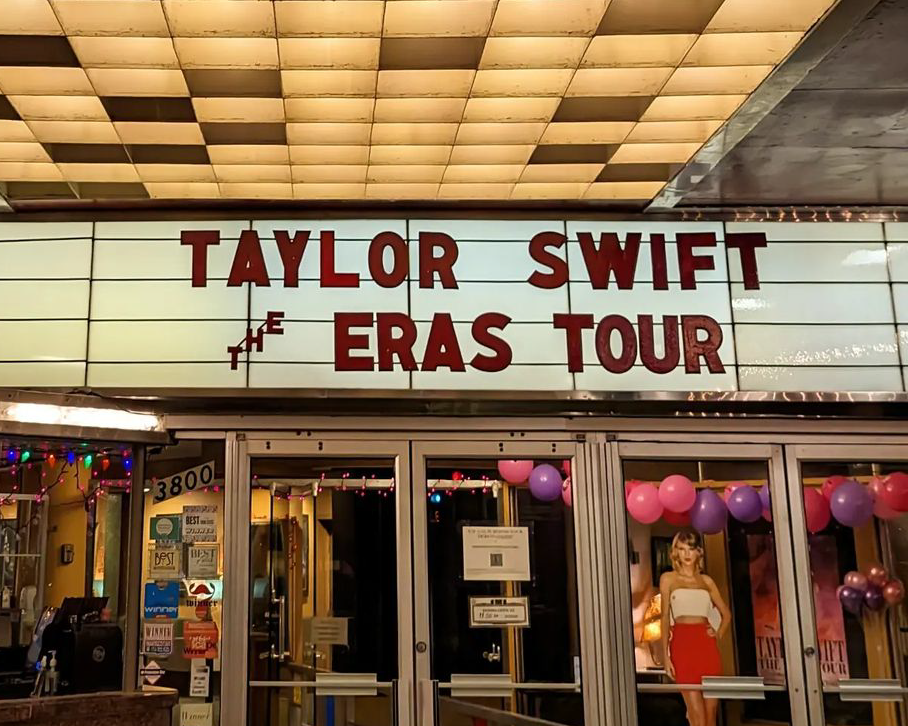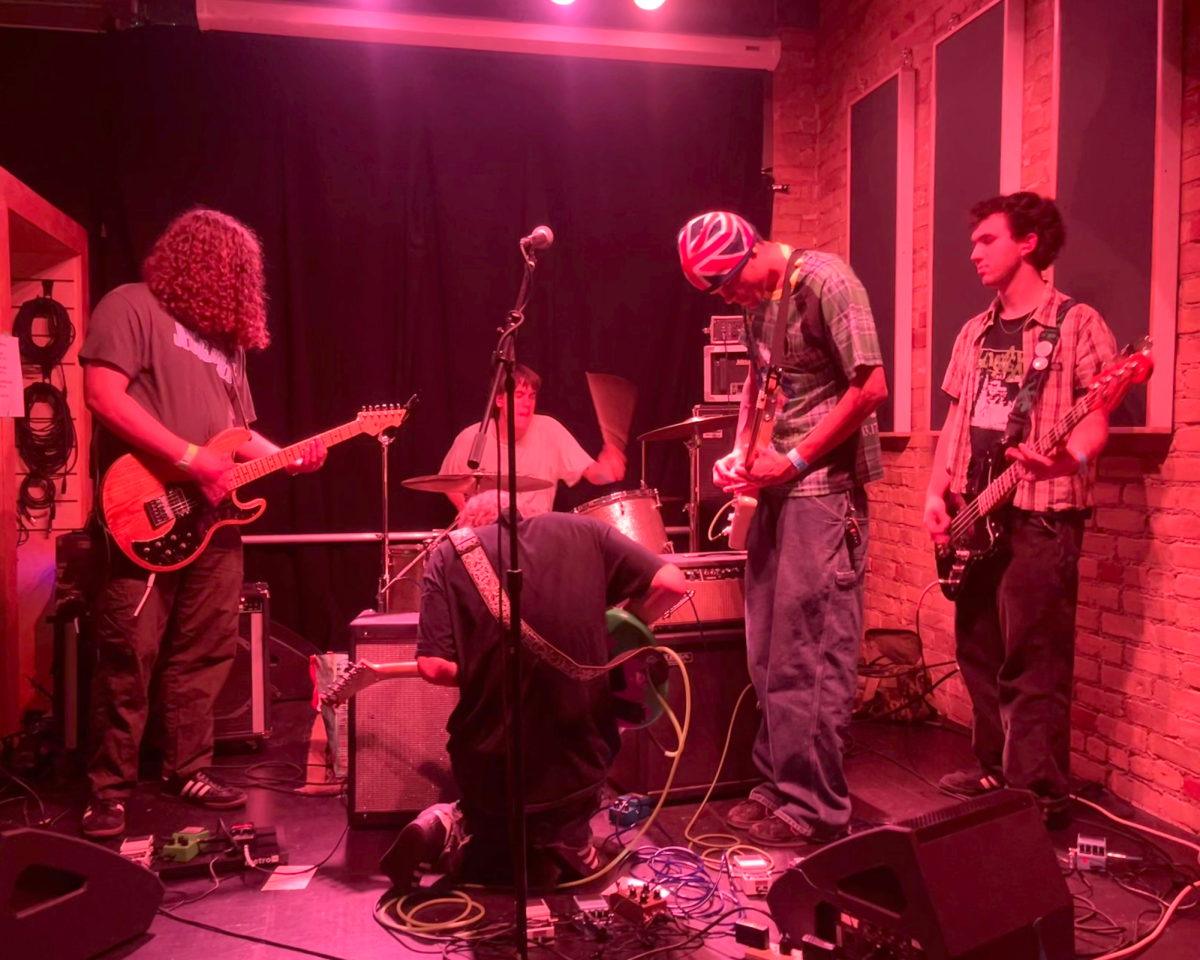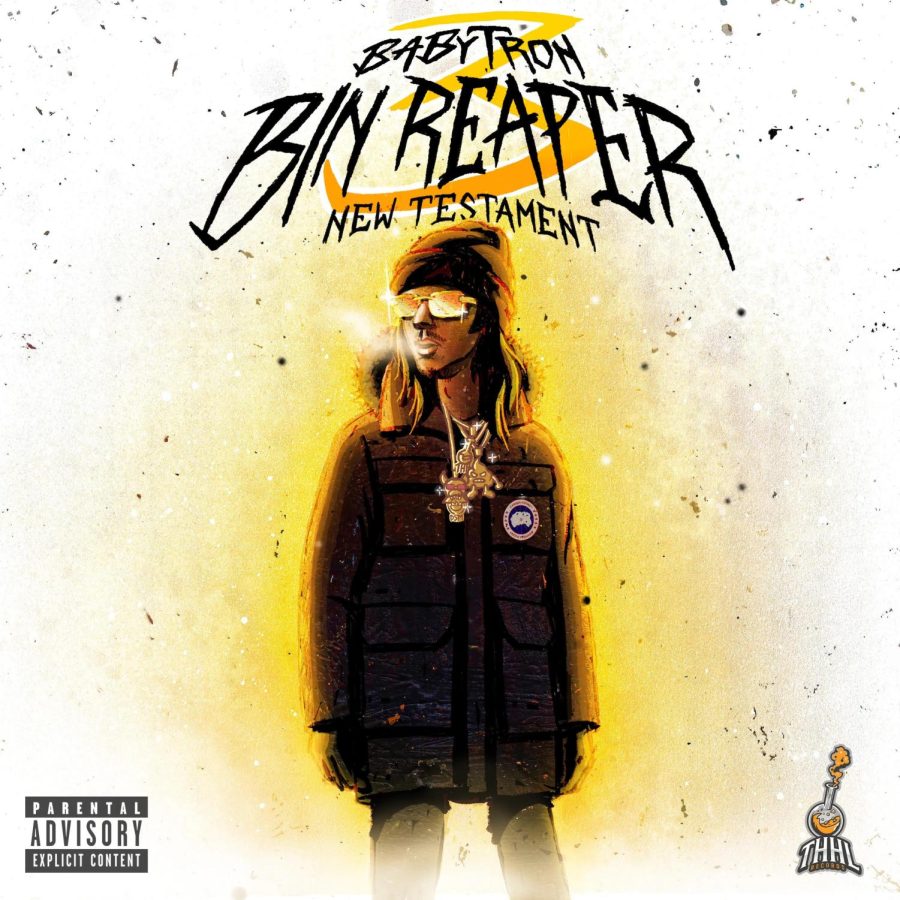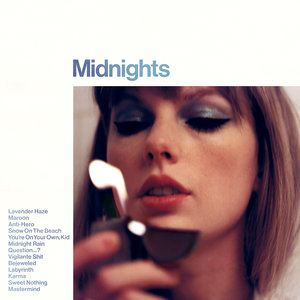When I get in the car to go to school, the first thing that I do is turn the radio dial to 91.1. I hear Cathy Wurzer’s voice streaming through the radio waves, and I’m excited to hear whatever she has to say on this episode of “Morning Edition.” And though many of my friends tease me for my little addiction, there are good reasons to listen.
Sophomore Charlie Lincoln has been listening to radio since “before I was born.” He cites his parents as the reason he started listening.
“I find their range of programming very interesting,” he explained.
“It is a good news resource,” said senior Henry Huber. “And they do a good job of trying to be fair and balanced and not have any bias.”
Although MPR is a big resource for news, that’s not all it offers. There are shows like “Morning Edition,” “This American Life,” or “Marketplace,” that are more news- or information-oriented programs.
There are also shows like “A Prairie Home Companion,” and “Wait, Wait, Don’t Tell Me,” which both play on weekends and guarantee a chuckle.
MPR has even created a separate station to appeal to different kinds of listeners. “The Current,” on 89.3 FM is a “really, really good radio station with a lot of music that urban, young listeners appreciate,” said Lincoln.
Oftentimes, it may seem that MPR overshadows people’s views of public radio, but there are several other stations in the Twin Cities.
There is also KBEM, the only jazz station in the Twin Cities, on 88.5 FM. 89.9 FM is the home of KMOJ, “The People’s Station,” which mainly plays R&B and Hip Hop.
Huber currently works at KBEM. It began as a summer job, but he liked it so much that he “kept coming back.” But he isn’t the only student at the station.
“There’s a communications course at North….They use the facilities [at KBEM],” he said. “And some of the people who are really good in the communications course during the school year work in the summer as well.”
In years past, KBEM has hosted a radio program called “Jazz at South High.”
“There was a small jazz combo at South that would go to KBEM and play live in the studio and then talk about musical aspects of the songs, the composers, or when they heard a song,” Huber said.
Recently, Huber said that the show has moved away from South, and now encompasses Minneapolis Public Schools as a whole.
It is clear through these things, public radio is trying to appeal to a younger audience. This will only boost listenership, and, potentially membership for MPR.
Senior Vice President and general manager of Minneapolis Public Radio Tim Roesner added that, in addition to the creation of “The Current,” the organization has taken other strides to appeal to listeners. On classical MPR, which can be heard at 99.5 FM, the organization has started a program called “Minnesota Varsity.”
Roesner described that it provided high school musicians to send in recordings of themselves playing an instrument or singing a song online. These entries are then judged by professionals and voted on by the public. In April, the winning five contestants will be able to perform at the Fitzgerald Theater in St. Paul.
“These high school-aged musicians are just terrific and many of them go on to be pros, so it’s just a really very cool program for young people,” said Roesner.
But public radio stations have even more to offer than just programming appealing to students, said Lincoln.
“I find it gets a larger range of perspective than one news network could, because it’s getting programs from all over the world and from all different radio programmers,” he said.
MPR draws from NPR (National Public Radio) as well as its affiliated stations all over the country. The organization also gets information from the British Broadcasting Company (BBC) and even runs that organization’s programs late at night.
Roesner explained that MPR is funded by three main streams of revenue. The biggest source of funding to the station is through membership. MPR and KBEM, according to Huber, rely heavily on funding from listeners.
Senior Clara Schultz became a member at age 11, and is now a sustaining member at the five-dollar a month level. She said that becoming a member is easily justified in any budget.
“You’re perhaps not getting any financial benefit out of it, but it’s a good investment, because of the quality of life that it brings to the Twin Cities and Minnesota,” said Lincoln.
Huber added that public radio stations around the city are putting quality work out and they need monetary support to do so.
“If someone doesn’t donate,” he said, “that goes away.”
Public radio, however, does get funding through other sources. Huber said that, because of KBEM’s partnership with Minneapolis Public Schools, and because of North High School’s communication course, part of the station’s funding comes from the school district.
Roesner added that a second source of funding for MPR comes from “modified underwriting announcements.” Basically, companies will donate to MPR and in return, the organization will air announcements that these companies support the station.
MPR’s third main revenue stream is support from foundations which have similar missions to the station. “They see MPR as playing an important role in the community toward strengthening communities and educating the public,” said Roesner.
Many public radio stations also get a small portion of funding from a quasi-public organization called the Corporation for Public Broadcasting (CPB). This government-funded agency gives grants to public radio and television stations and producers. According to Roesner, MPR gets anywhere from six to ten percent of its total revenue from these grants.
However, as it becomes clear that the across-the-board federal funding cuts known as sequestration will be taking effect, CPB will be taking a 5% funding cut this term. Roesner noted that these cuts tend to affect smaller, more rural stations more than they affect larger, urban stations.
“Oh no, that’s sort of a nightmare,” he exclaimed when I asked him how he would react to an MPR shut down.
“I’d probably cry,” insisted Schultz. “That’s not even a joke.”
To listeners, MPR is a cherished resource and even a staple of their days. But there may be an even greater significance of public radio in our community, and in the world as a whole.
“[MPR] encourages listening to all sides and listening to facts and information before forming an opinion,” said Schultz.
Lincoln agreed, saying that public radio stations tends to be “less sensationalist” than other sources of news.
“‘The Current’ has become really important to the local music scene because indie rock artists and alternative rocks,” said Roesner. “Musicians tell us they can actually make a living in the Twin Cities now because a station like ‘The Current’ is playing their music and making it more popular.”
The station has also started a high school artist-in-resident program. This allows professional classical musicians to help instruct high school music classes, and are attempting to create grade school curriculum as well.
“We’re trying to help on the educational front, where music education budgets are really strapped,” said Roesner.
MPR has a clear mission of being active in the communities which surrounds it.
“When you’re able to be a convening and centering institution for a community, like MPR is, you see appreciation from all walks and all kinds of diverse elements from the community and it’s just a lot of fun to be part of it,” Roesner said.
And these stations keep on moving forward. Huber noted that there are big things coming up for KBEM.
“[The station is] just trying to create more cool student-led programs over the summer as well as continuing Jazz with Class,” he said.
So next time you’re in the car and you hate the song on KDWB, try switching to a public radio station. Who knows, you may just get hooked.












